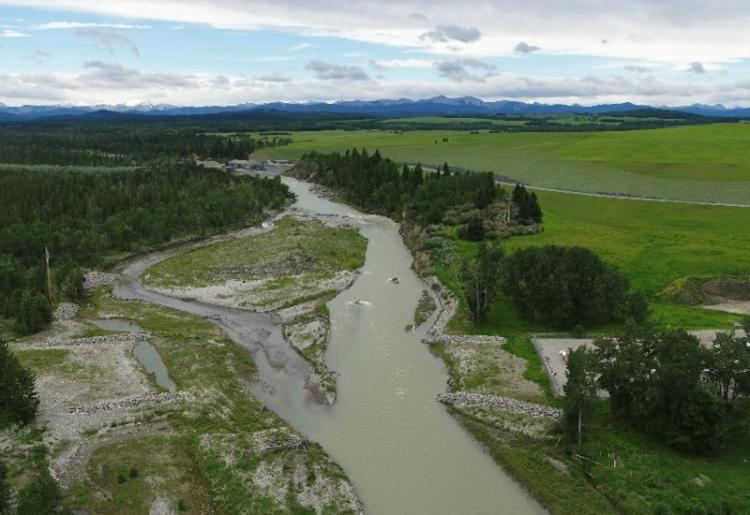Calgary, AB – Albertans are invited to shape how the Springbank Off-stream Reservoir is used when not full of water.
“The Springbank Off-stream Reservoir is critical to protecting Calgary and other communities from future floods, but there are other uses too. This is a unique dam, and we want to hear your thoughts on how these lands should be used when not flooded. I look forward to hearing from Indigenous communities and all Albertans over the next four weeks,” said Rebecca Schulz, Minister of Environment and Protected Areas.
In most years, the dry reservoir land will be available for purposes other than flood mitigation or related operational activities. Under the draft plan, First Nations would have priority access for the exercise of treaty rights and traditional uses and the public would have secondary access for uses such as non-motorized recreation activities when the reservoir is dry.
The Springbank Off-stream Reservoir land-use plan review will be open until March 17. After that, the government will review all the input Albertans have provided and develop a finalized plan to guide future land use in the reservoir, once complete.
Quick facts
- Construction of the Springbank Off-stream Reservoir (SR1) began in spring 2022 and is expected to be complete in 2025.
- The Government of Alberta is investing a total of $744 million to construct the SR1. The Government of Canada also contributed $168.5 million to the project.









